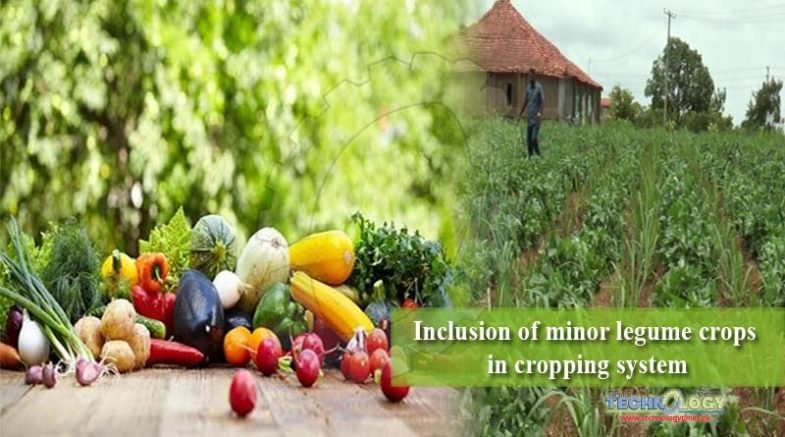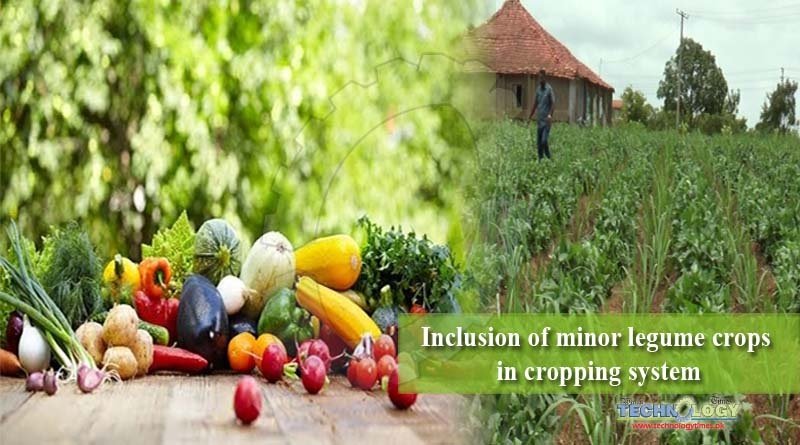Intensive and fixed cropping system of Pakistan leads towards the gradually decline in soil fertility and soil health. Population growth rate is increasing day by day and consumption of food is also increased.
 Pakistan is a land of agriculture. Agriculture shares 21% in GDP and more than 70% population are linked directly or indirectly.
Pakistan is a land of agriculture. Agriculture shares 21% in GDP and more than 70% population are linked directly or indirectly.
While the following mention problems are leading towards food insecurity, depletion in soil fertility and poor status of farm income.
Application of only macro nutrient chemical fertilizers, high yielding varieties and current farming practices are the main reasons. Moreover, only focus on the major crops cultivation for better return without paying attention towards the soil health. Diversity in agricultural farming is gradually declining which is rendering our soils uncultivable.
Crops are more prone to diseases and dependence on artificial sources for fertilization. Use of these expensive inputs increased the total cost of production for small scale farmer in developing countries.
In this content, there is a need to shift our mono cropping system with inter cropping and there should be inclusion of legume crops in present cropping system. Legumes are naturally nitrogen producing factories in field. These legume crops can be cultivated with main crop as inter cropping or it can be cultivated between harvests of main crops. This was the common practice of the ancient time’s but with the passage of time farmers all around the world are devoting themselves to intensive and fixed cropping systems.
Over the year, agriculture sector becomes more advance but still production per unit area is less. The reason behind that is mono culture. About 85 % farmer of the country are small scale farmer. Most of them paid rent every year for land cultivation. Therefore, there keen needs to fulfill their output they have never concentrate on the soil health. In this context, they utilize maximum their land without reclamation and application of synthetic fertilizer for quick response. Ultimately intensive cultivation, hazard or toxic chemical compounds deteriorate the soil fertility, erosion, lack of biodiversity, dissertation and land degradation.
Routes to improvement
To tackle this problem, inter cropping of legumes crops is the best option as it’s a farmer friendly practice. Legumes have natural ability to fix atmospheric nitrogen into soil and which can be used in major crops. Most commonly used legumes for inter-cropping are soybean, lentil, chickpea etc.
Potential of Legumes
Legumes can play significant roles other than just carbon sequestration and nitrogen fixing in our fields.
Legumes as animal feed
Legume crops can be used in production of high protein feeds for animals. It enhances palatability of feed and feed become more nourishing. Forage quality with legumes in its generally elevated because legumes are high in crude protein, mineral content and digested quickly. By feeding legumes to animals we can enhance nitrogen consumption among ruminants.
Legumes as human food
For humans, consumption of legumes has considerable benefits. Legume seeds have 20% to 40% protein in addition, it has been proved scientifically by many dietitians that consuming edible part of legume provide human body with dietary fibers, carbohydrates, minerals, amino acids, B-group vitamins. Besides these it also helps to regulate blood sugar, diabetes, cancer, cardiovascular diseases and obesity. Legumes are far less underutilized food then its actual potential.
Legume as oil seed
Pakistan is an agricultural country but still it is third largest importer of edible oil because of increasing population and lack of specific legumes varieties that are rich in oil content. According to a survey, total requirement of edible oil is 3.192 million ton but on other hand our produce is only 0.436 million ton which shows a huge gap in supply and demand. To fill this gap we should promote cultivation of legumes which are high in oil contents.
Legume as sustainable approach
Inter cropped legumes also used as a fodder crop in fodder scarcity period and as a green manure to improve the soil properties. Furthermore, inter cropping prevent from environmental hazard. If one crop is failed due to any environmental fluctuation or insect pest attack then second crop is minimized the loss.
Points to ponder
- Farmers are negatively biased towards new technologies, so there should be training or workshops are arranged for farmers to give them know how of new techniques that will help them in getting more output from same piece of land.
- Diversification and sustainability of crop should be adopted.
- Research should be addressed in the field of efficient soil management with natural and cultural methods like inter cropping, mixed cropping and strip cropping so farmers can adopt it easily without any hindrance.
- Availability of high yield, improved and maximum crop varieties of legume should be provided to farmer for inter cropping.
